On This Day, Sept. 24: Hurricane Rita makes landfall
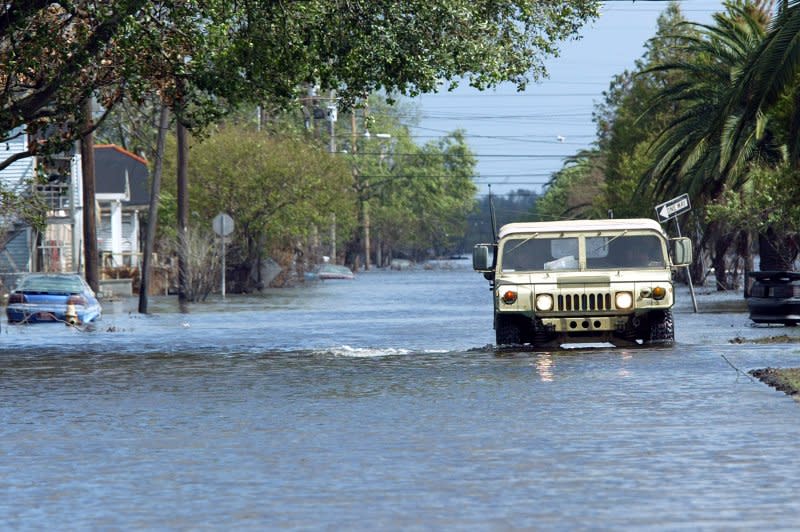
- Oops!Something went wrong.Please try again later.
- Oops!Something went wrong.Please try again later.
- Oops!Something went wrong.Please try again later.
- Oops!Something went wrong.Please try again later.
- Oops!Something went wrong.Please try again later.
Sept. 24 (UPI) -- On this date in history:
In 1789, the Judiciary Act of 1789 was passed by Congress and signed by President George Washington, establishing the Supreme Court of the United States as a tribunal made up of six justices who were to serve on the court until death or retirement. The number of justices became nine in 1869.
In 1929, aviator James Doolittle demonstrated the first "blind" takeoff and landing, using only instruments to guide his aircraft.
In 1942, as World War II raged, popular bandleader Glenn Miller ended his long-running radio show and announced he was going into the U.S. Army. He was succeeded on radio by Harry James.
In 1957, U.S. President Dwight D. Eisenhower sent the 101st Airborne Division to Little Rock, Ark., to enforce the Supreme Court's desegregation decision.
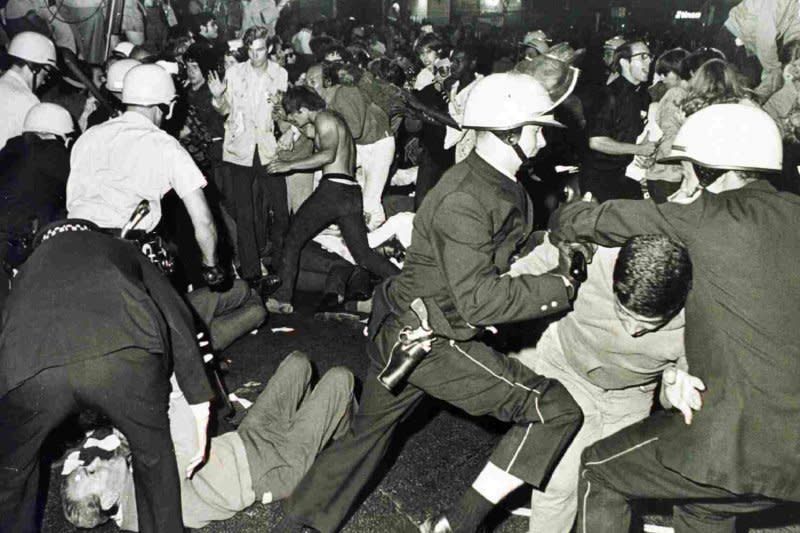
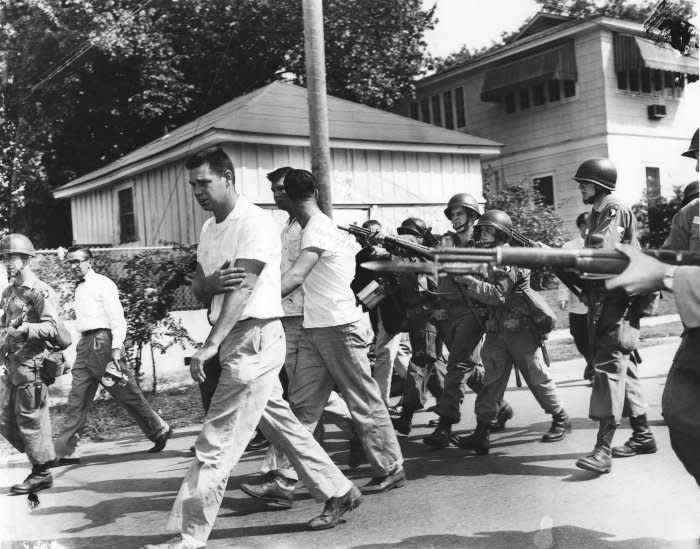
In 1959, U.S. President Dwight Eisenhower and Soviet Premier Nikita Khrushchev met at Camp David, Md.

In 1964, Chief Justice Earl Warren hand-delivered to President Lyndon B. Johnson the Warren Commission report on the assassination of President John F. Kennedy a year prior.
In 1969, the so-called Chicago 8 -- later to be known as the Chicago 7 -- trial began for eight men accused of taking part in anti-Vietnam War protests during the 1968 Democratic National Convention. Some of the accused were convicted, but all were overturned.
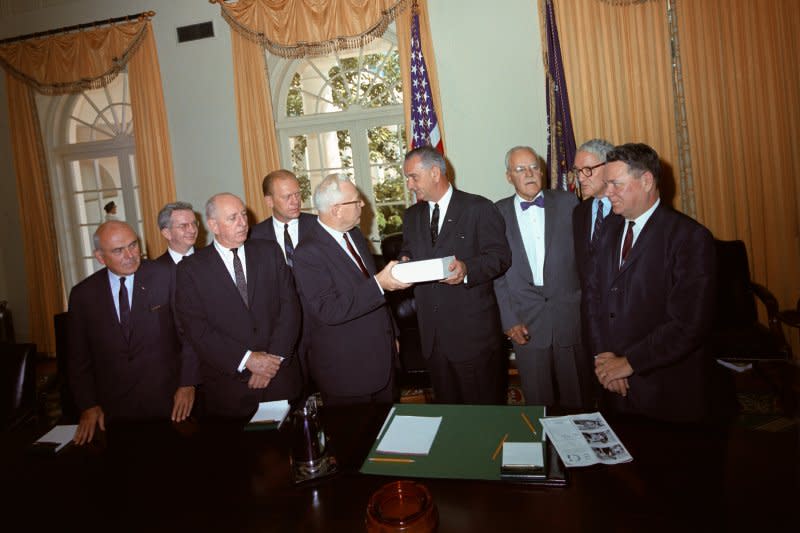
In 1998, Iran's foreign minister announced the country had dropped its 1989 call for the death of Salman Rushdie, author of The Satanic Verses, which many Muslims found blasphemous.
In 2005, the eye of Hurricane Rita made landfall at the Texas-Louisiana border. The Category 3 storm was responsible for more than 100 deaths and more than $18.5 million in damage, bringing a devastating storm surge that only worsened the effects of Hurricane Katrina weeks before.
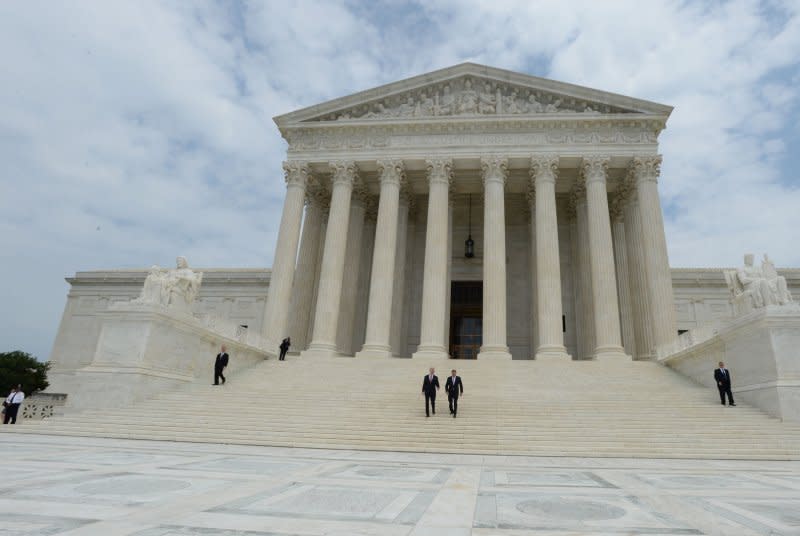
In 2007, about 73,000 members of the United Auto Workers went on strike against General Motors after contract negotiations bogged down over wages and benefits. The walkout ended within two days.
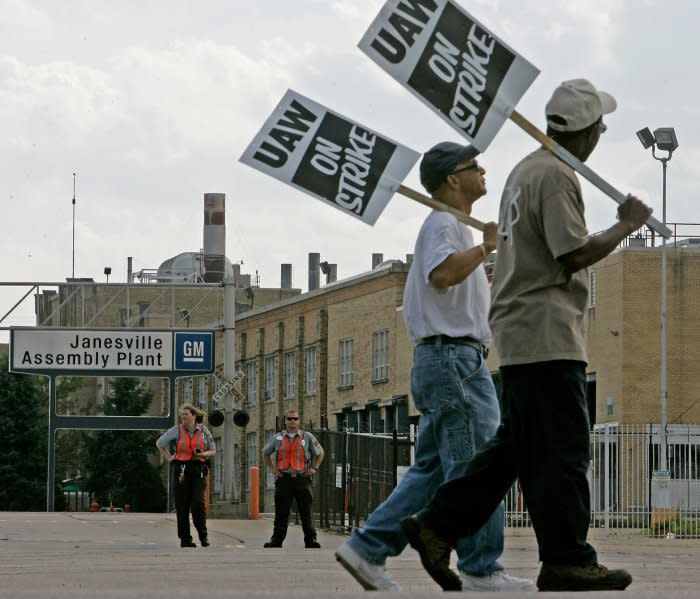

In 2009, the discovery of a treasure trove of more than 1,500 finely crafted gold, silver and copper artifacts, found with a metal detector and believed buried by seventh-century Anglo-Saxon rulers, was termed one of most important in British archaeological history.
In 2013, authorities in southwest Pakistan said a 7.7-magnitude earthquake in Balochistan province killed at least 500 people and destroyed hundreds of houses throughout the region.
In 2019, House Speaker Nancy Pelosi announced an official impeachment inquiry into President Donald Trump over allegations he pressured Ukrainian President Volodymyr Zelensky to announced an investigation into Joe Biden and threatened to withhold military aid.
In 2022, Post-Tropical Storm Fiona made landfall in Nova Scotia, setting a storm surge record of 9 feet.

